Welcome to the latest edition of the Rewilder Weekly! 🦬🌳🐺🌞🌍
Before we get started: You know that rewilding efforts also tackle climate change, right? A new CBS report (6min clip) highlights some of nature’s climate change heroes and recalls a 2023 paper showing that the restoration globally of nine key species could offset the equivalent of the USA’s total CO2 emissions annually. In the clip, they rightly suggest that decision makers need to come to understand that wildlife policy is also climate change policy.
Now then, let’s get on with this week’s eight selected stories.
Wishing you a good week.
Cheers,
👉 As a reminder: If you come across stories you’d like to see featured in an upcoming edition of the Rewilder Weekly, send them to me and I’ll gladly do what I can.
1) Discover nature’s solutions to invasive species
The Global Rewilding Alliance introduces us to a number of rewilding heroes, animals that are highly effective in dealing with invasive species. Wherever you are, you’ll have heard stories about invasive species, be their flora or fauna. They can wreak havoc on an environment and are reported by IPBES to cost society across the globe an annual $420 billion.
Studies show what we know intuitively, namely that intact biodiversity-rich ecosystems are healthy, and are thus most resistant to invasive species. This then should be another helpful arrow in the quiver of every rewilder when asked why rewilding is important. Degraded lands and seascapes must be given a helping hand to get back to that intact state, so that the circle of life can deliver once more for every species - and stave off the arrival of invasive ones.
👉 Go here to meet these animal rewilding heroes
👉 and here to watch the summary of the 2023 IPBES report
2) Raise your voice - howl for wolves!
Last last year the Bern Convention voted to downgrade the wolf’s protection from “strictly protected” to “protected” - doesn’t sound so bad, you think? Well, unfortunately it is disastrously bad, because it’ll enable a whole new era of wolf slaughter. Against best scientific evidence, this decision improves nothing, it only delivers for the fearmongering lobbies responsible for the downgrading.
But all is not yet lost. This is an uphill battle, to put it mildly, but listen the voices of the scientists - nearly 700 (and over 90 NGOs) have joined together in the European Action Wolves network to fight for a better way - and there IS a way: If, by 06 March (just a few days away), 17 countries submit an official objection to the protection downgrade, then it will not take effect.
👉 Go here to act for wolves today in 4 steps
👉 and here to listen to the scientists and engage on LinkedIn
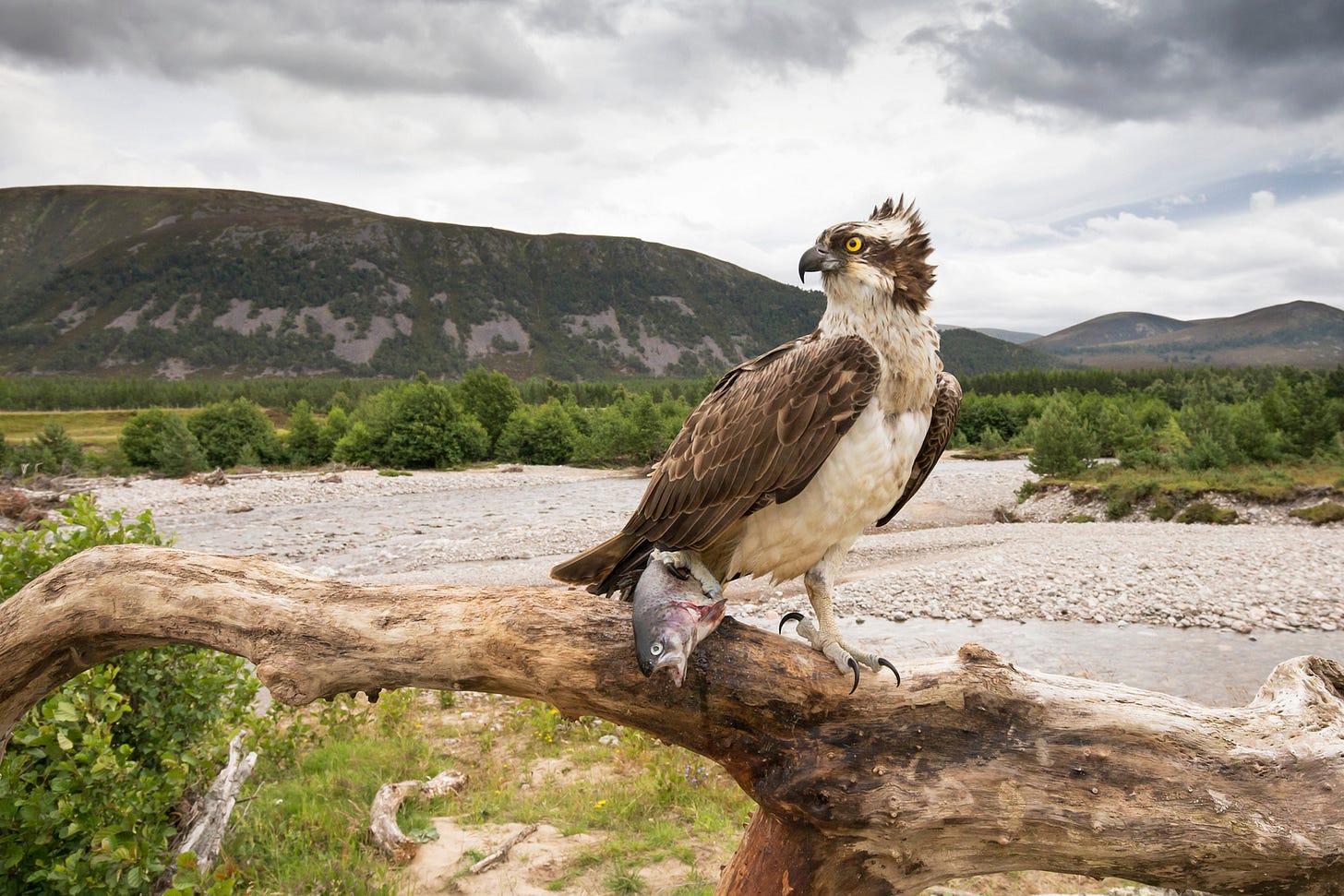
3) Got an amazing rewilding photo? Send it in ASAP!
Rewilding Europe is looking for the European Wildlife Photographer of the Year - and the deadline is just around the corner. You have until 01 March to send in your photo 👉 Find out all about the competition here. And, in case you’re intrigued, here’s last year’s winning image by Staffan Widstrand.
But wait, there’s more! One of this year’s competition judges will be Peter Cairns (who took the above amazing shot of a clearly pleased osprey and thoroughly displeased fish). In a new interview offers his insights from thirty years’ worth of wildlife photography - and how his focus has shifted over the years from pretty pictures to impactful storytelling. Good interview and, my oh my, some truly extraordinary images to go with it - not to be missed!
👉 and here to engage on LinkedIn
4) The many-faceted work to help the Scottish salmon
In an excellent article by The European Nature Trust about the Atlantic salmon and the many efforts to return it to the healthy populations of years past in Scotland, they write, “Today, Scottish salmon are under threat. Without action across key salmon catchments, wild Atlantic salmon could become a distant memory. But by restoring the catchments and ecosystems that salmon are a part of, we can help to cool our waters under climate change, store more carbon, boost biodiversity, and provide the habitats that our salmon need.”
Until the mid-eighties, there were 8-10 million salmon swimming Scotland’s Atlantic coast. Now it’s down to 2-3 million. Our species has disrupted, polluted, blocked and sometimes downright destroyed waterways essential for salmon. Restoration of salmon populations thus means restoration of rivers - but that's not enough: Everything is connected, related, part of the one big picture - landscapes beyond riverbanks must be - and are - part of the restoration efforts, too. Good read, well worth your time - you’ll learn a great deal!
👉 and here to engage on LinkedIn
5) Rewilding the US, one wild horse at a time
Manda Kalimian started a decade ago from a passion for horses and saving a few of them from slaughter - it became her mission and marked the beginning of Rewilding America Now. In a new article she explains that, while a 1971 law confirms wild horses as an “integral component of the natural system”, the Bureau of Land Management considers them invasive and destructive. Horses are rounded up to be slaughtered to regulate numbers, according to the official version. But the caught horses are healthy, they are clearly doing just fine out there in the wild.
“Horses are sold to meat processing plants and slaughterhouses, and they are then brought to auction houses. It has become its own industry,” Kalimian says. The problem, as ever so often, is with our species. She explains that mining, drilling, and fracking practices harm the land and wildlife, and continual grazing and poor management have overtaxed the land. “The government is mismanaging the land. Where is the balance for wildlife?”
👉 and here to engage on LinkedIn
6) A clear majority of Scots want the lynx back
The Scottish Rewilding Alliance highlights the results of an opinion poll conducted just last month in Scotland. The results is - just look at the above chart - crystal clear! A sizable majority of Scots voiced their support for the return of the lynx to Scotland. And this is a clear trend, as support has risen significantly since the last survey in 2020. The Alliance writes, “If the Scottish government is serious about its ambition to “regenerate biodiversity across the country by 2045”, it cannot afford to rule out reintroducing missing native species like lynx.”
There’s that, of course. Having a apex predator par excellence like the lynx will be a boon for a biodiversity-rich future. But then the Scottish government should also just listen to its people - there is such a thing as the will of the people and politicians do well not to ignore it - the current First Minister better pay attention! Does he want to lead the country into a prosperous, healthy future? Or does he prefer to just pander? May the Scottish people make their voices heard and loudly and clearly as they’ve done in this latest poll!
👉 Go here to show your support - write to the Scottish government
👉 and here to engage on LinkedIn
👉 and here for lynx awesomeness
7) Wolves responsible for just 2% of sheep deaths
There are on average about 350’000 sheep in Switzerland. Between 200’000 and 250’000 sheep are slaughtered annually for meat production purposes - in 2024 exactly 226’471 sheep were slaughtered. In that same 2024, an incredible 58’107 sheep died of causes other than the slaughterhouse. In the statistics they are called “Verendungen” - which essentially translates to “slow and painful deaths”.
In the press, all you ever hear about is sheep killed by wolves. We know that wolves in Switzerland kill about 1’000 sheep annually. Now put that into perspective with the above: A whopping 98% of sheep deaths of those ‘other causes’ have nothing whatsoever to do with wolves - and everything with farming practices, with neglect, with accidents, with extreme weather, with diseases, with animal cruelty.
Follow below link to the post on LinkedIn - fascinating conversations in the comments and I’ve learned a lot about the very nature of sheep that - clearly - also have a bearing on those many unintended deaths. Look up the highly illuminating explanation by veterinary surgeon Richard Brown.
👉 Go here for my in-depth article
👉 And here for my post on LinkedIn
8) Ever heard of “biodiversity leakage”?
Well, I hadn’t, until a new study on the subject headlined the press recently. I knew the topic, of course, but not the specific term. It essentially describes that, focusing on nature restoration in one part of the world, may come with negative consequences in other parts of the world. No big surprise there, right? Yes, it’s clear that barely anything happens in isolation in a global economy, but overall what I see playing out here is essentially a failure of imagination.
The research rightly highlights that, if you cut timber or wheat or soy (etc.) production in one country to make room for nature, then this production will happen in another country because demand will require the supply of equal (and/or ever more). And the study highlights that, often, in those countries the biodiversity loss would be far greater. Yes, sure, I get that - but all of that assumes that the global economy never makes adjustments. Fact is, all the land we need to feed the world AND restore nature and protect and increase biodiversity everywhere is readily available (more on that here).
Look at the above chart. Most of the agricultural land today is used by the meat and dairy industry (grazing and feed). To me, the hyperbolic headlines on “biodiversity leakage” - like the Mail’s “Britain’s obsession with rewilding could drive EXTINCTIONS in other countries, scientists warn” generate nothing but fear and do nothing to tackle the root problem. Instead of raising concerns about nature recovery efforts anywhere (which is nothing but scapegoating - don’t look over here, the real problem is there!), demanding a lowering of production by meat and dairy industries would solve just about everything in one go.
👉 and here to engage on LinkedIn
As usual, the Rewilder Weekly concludes with a nature science illustration. This time science illustrator Beverly McKay gives us two disgruntled kestrel chicks that seem to be waiting for someone, anyone, to finally come back to the nest with a bit of food!
If you enjoy the Rewilder Weekly …
… please consider supporting my work. Your paid subscription will help generate the funds needed to realize a unique rewilding book I’m working on. And, of course, that paid subscription also ensures that the Rewilder Weekly will always keep going for those who cannot afford to pay. A thousand thanks!
That’s it for this week’s edition! For more rewilding insights and stories from around the globe, use the #rewilding hashtag on LinkedIn and follow people, organizations and groups that are as passionate about rewilding as you are. Let’s keep connecting and growing the movement!













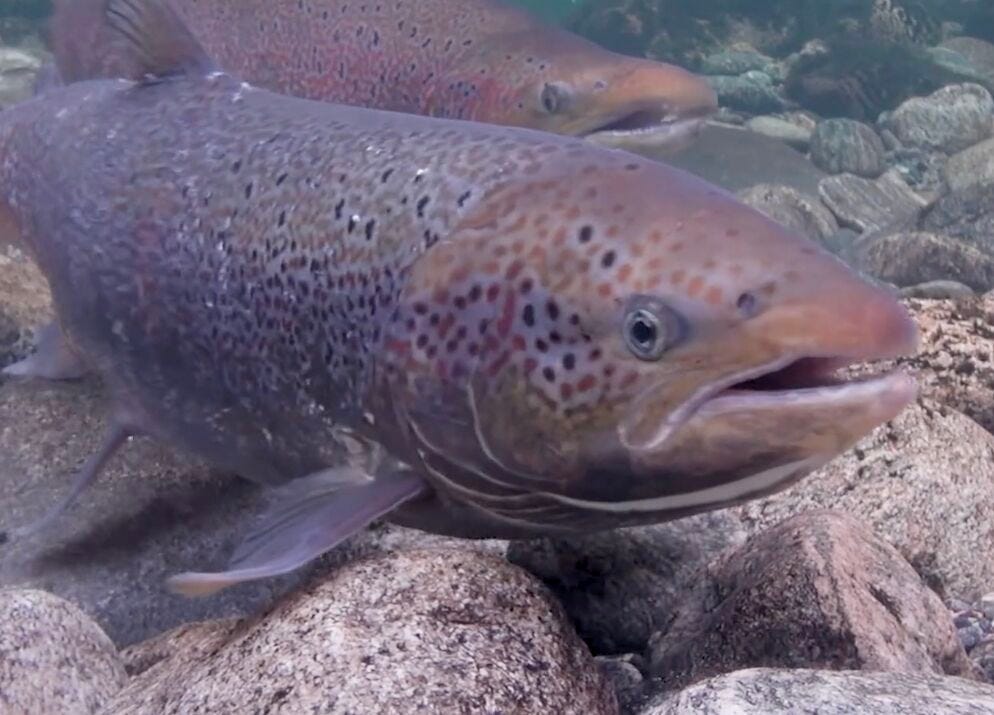

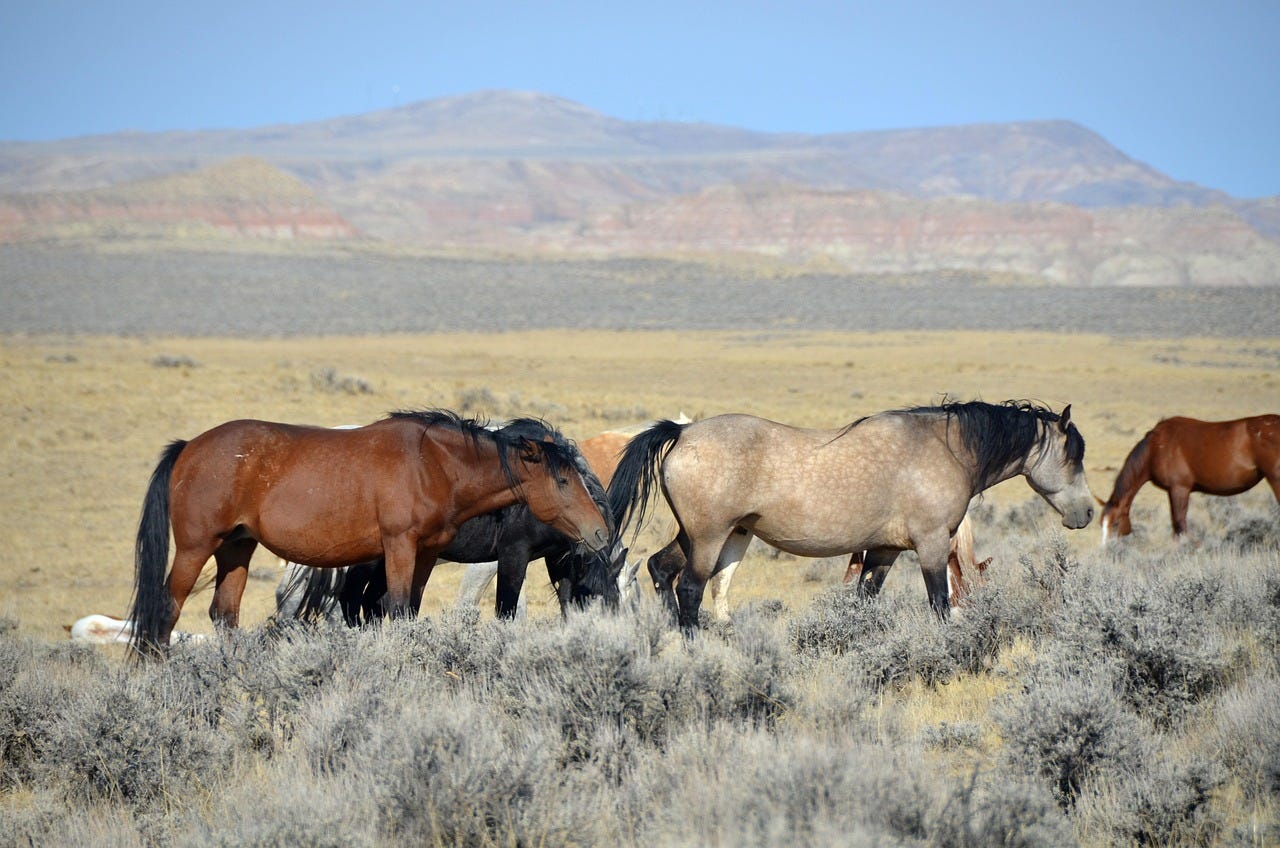

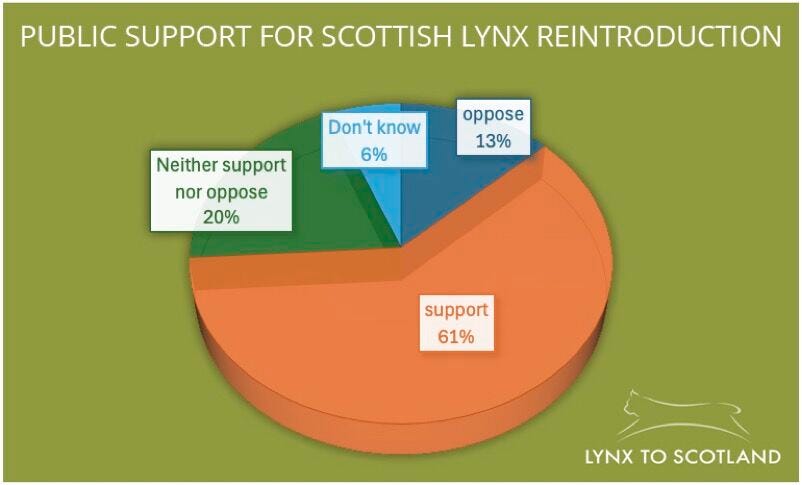

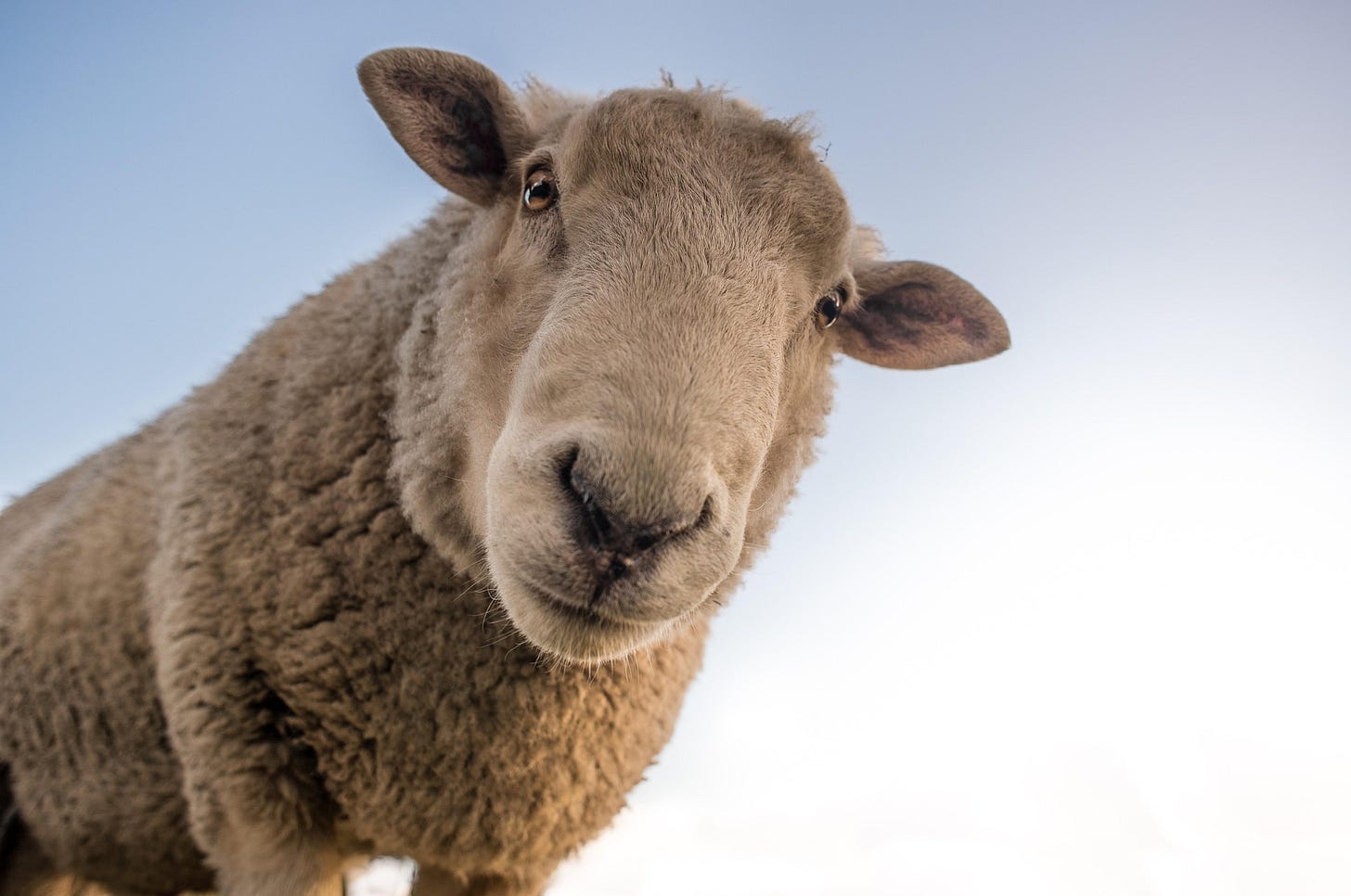

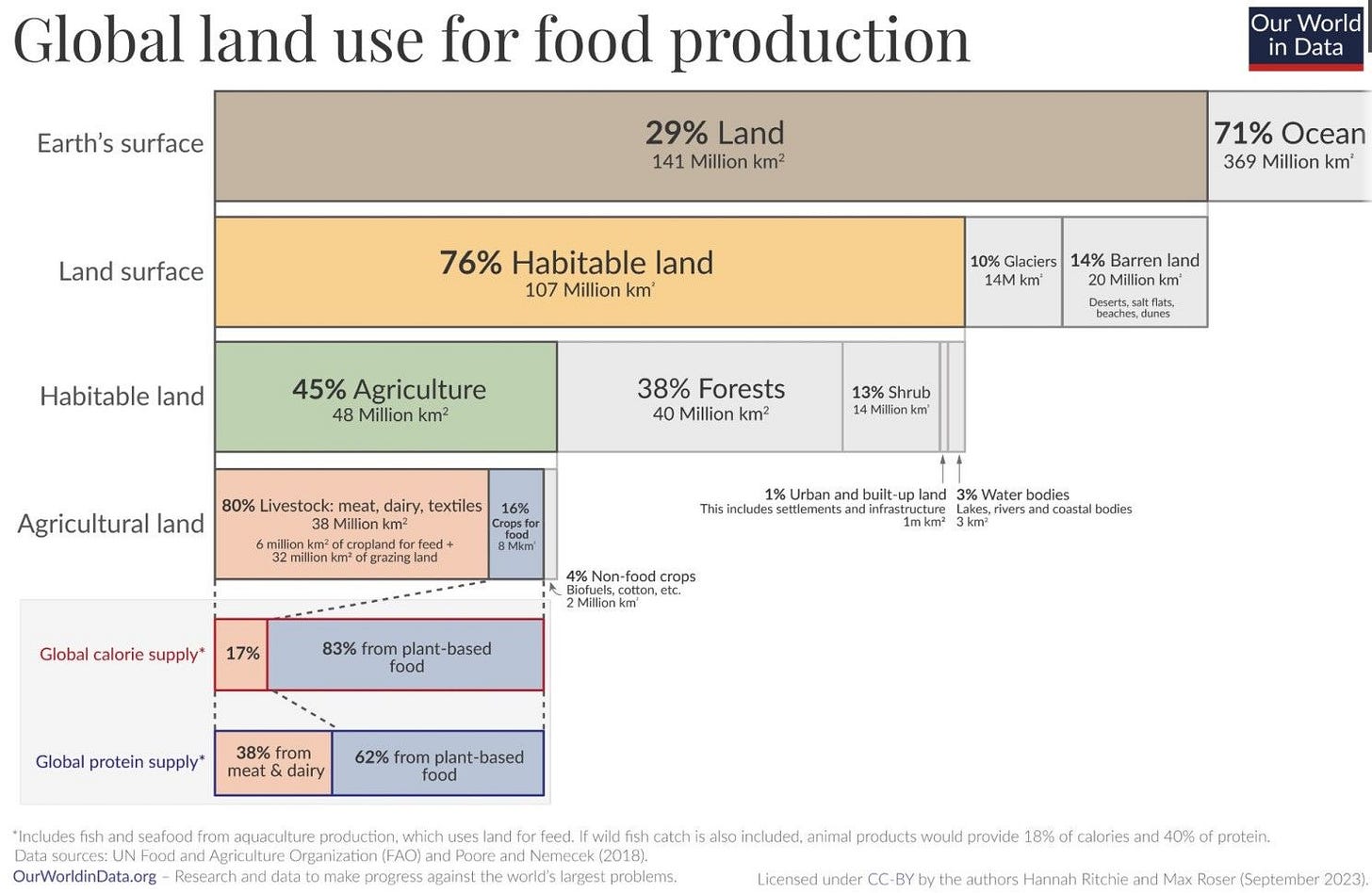

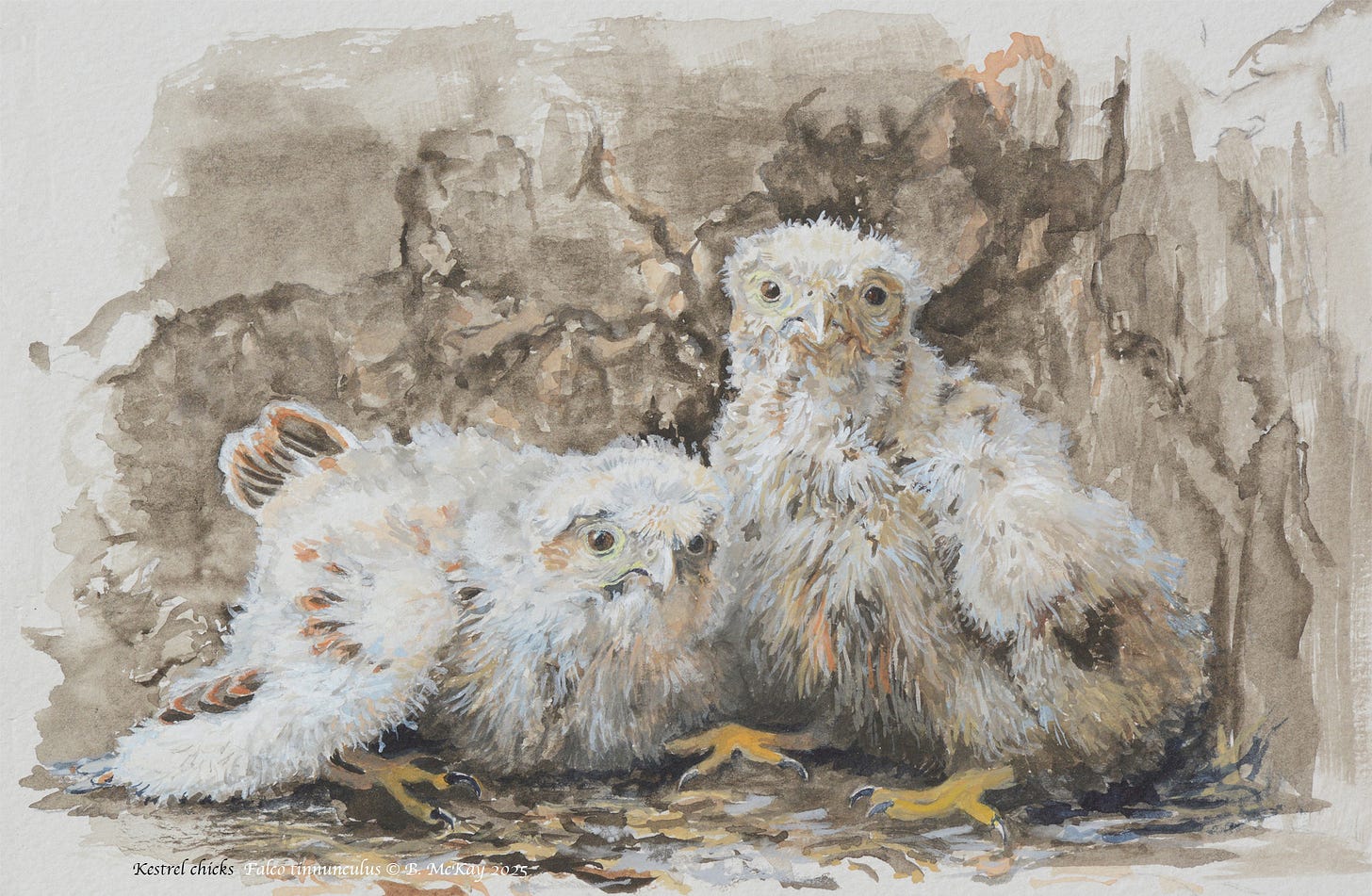

Another great Rewilder Weekly Daniel and 100% agree Rewildng tackles Climate Change. It's included in everything we do here at Climate Action North in particular Community Rewilding. Thanks for sharing 🙏